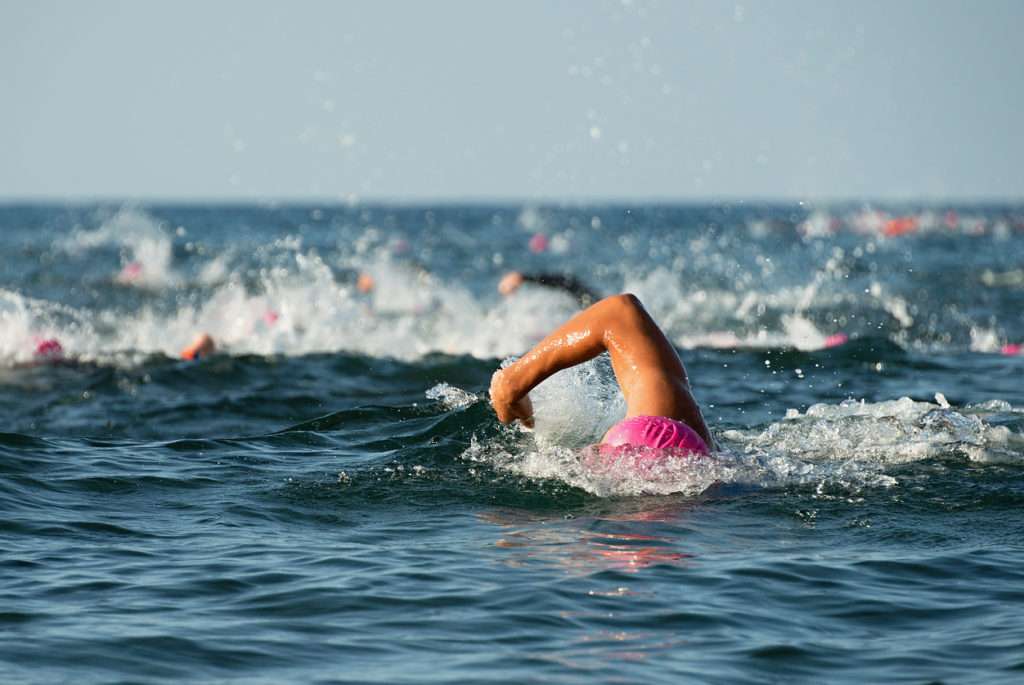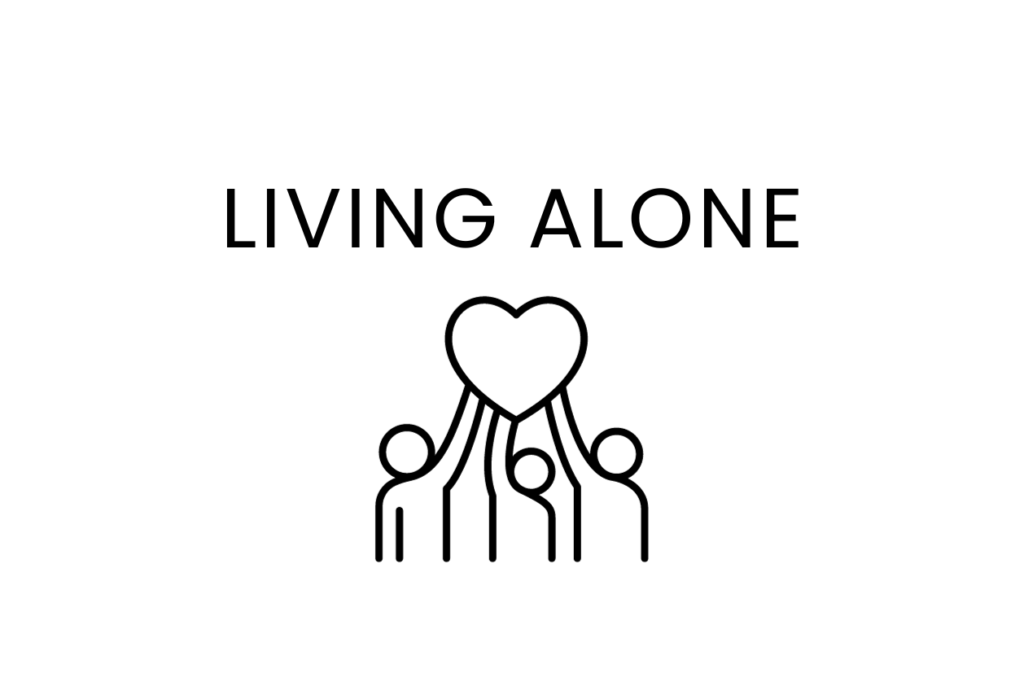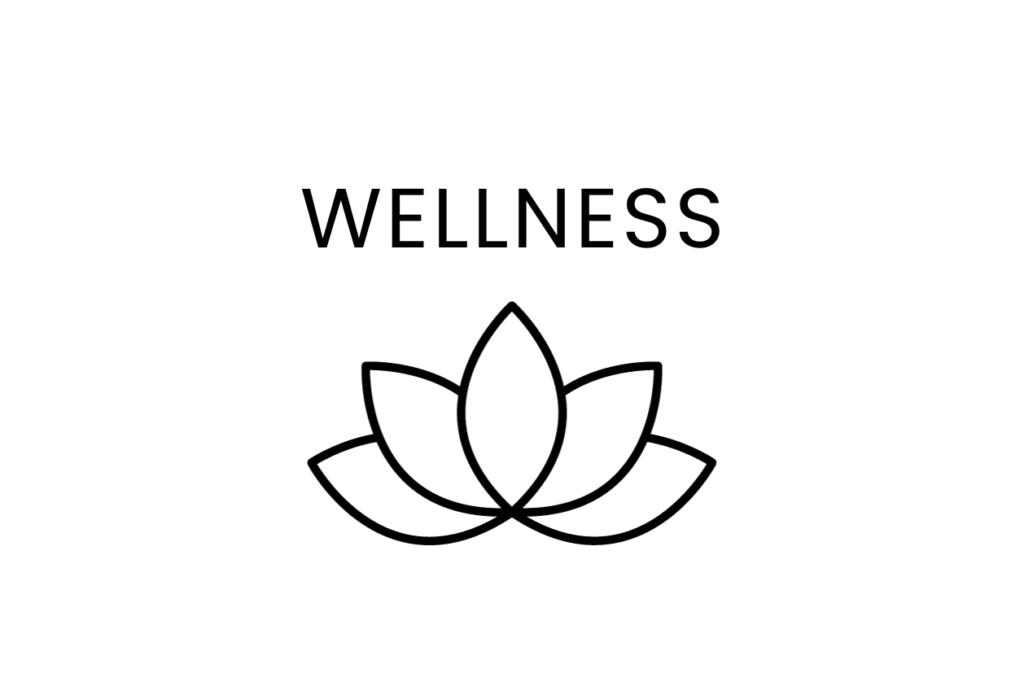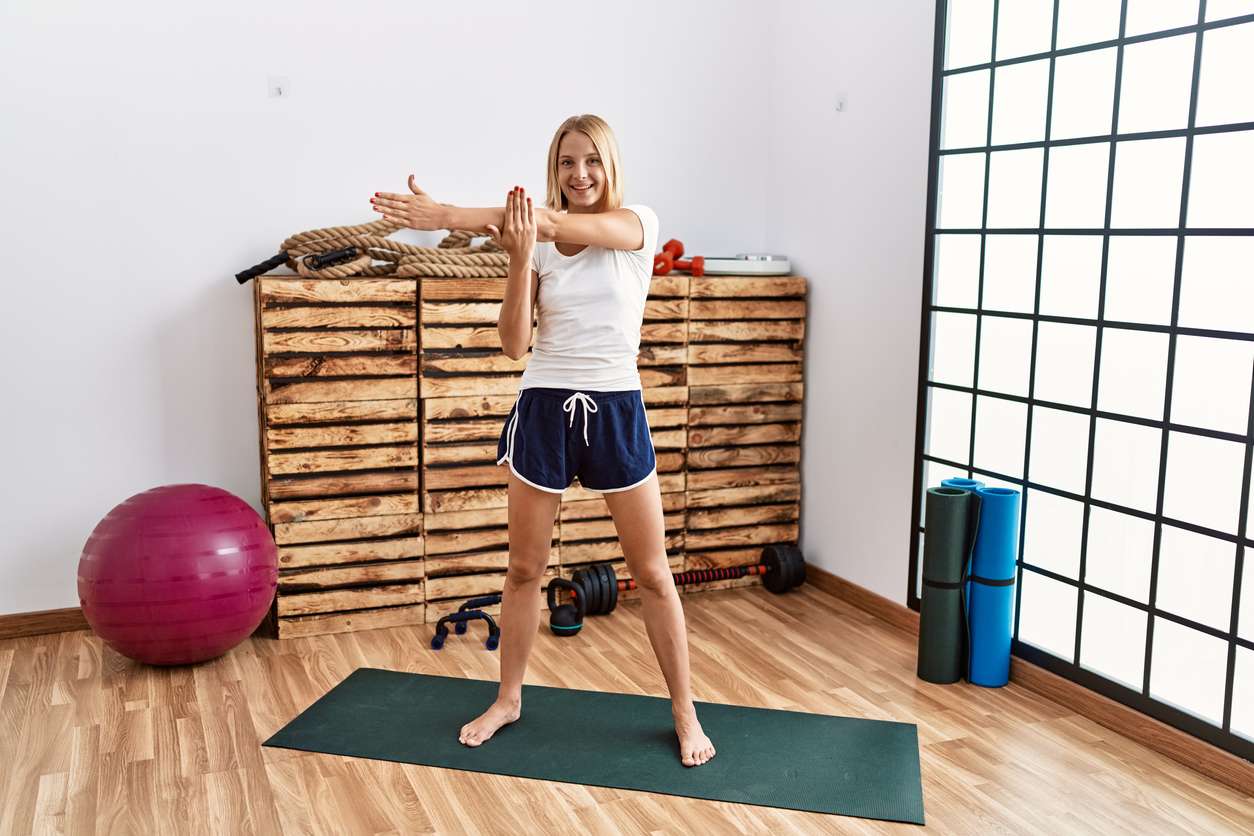Over the last year, taking the plunge into open water has grown substantially, with the previous summer seeing a 60% rise in outdoor swimmers. Dipping yourself into open water is cold; there’s no hiding it, but there’s something about that feeling that gets you back in the water time after time.
For many people, the thrill of submerging themselves into cold water makes up a big part of how they keep themselves both physically and mentally healthy. So is there a benefit more than just the achievement of getting into open water? Where do you begin, and how do you do it safely as a solo?
Diving Solo Into Open Water Swimming
Sustainable Living | 28th May 2021 by Simone Garland
Simone writes many of our wellbeing articles and is passionate about the outdoors. In Diving Solo Into Open Water Swimming, she provides tips for Solos who may be considering taking up the wonderful outdoor activity of open water or wild swimming.

Over the last year, taking the plunge into open water has grown substantially, with the previous summer seeing a 60% rise in outdoor swimmers. Dipping yourself into open water is cold; there’s no hiding it, but there’s something about that feeling that gets you back in the water time after time.
For many people, the thrill of submerging themselves into cold water makes up a big part of how they keep themselves both physically and mentally healthy. So is there a benefit more than just the achievement of getting into open water? Where do you begin, and how do you do it safely as a solo?
What is open water swimming?
Open water swimming involves submerging yourself in water in the outdoors. Popular spots include seas, rivers or lakes. The great thing about being an open water swimmer is there is no requirement of swimming per se. Whatever you do in the water is just fine (within reason); the achievement is getting in! From the dunkers to the guys and girls who sea swim every morning come rain or shine, everyone is welcome, and almost everyone who comes once returns again and again.
What are the benefits to open water swimming?
If you ask anyone who regularly dips, they’ll soon tell you that there’s something quite special about open swimming. For some, it’s about testing themselves against the elements, pushing the limits of what they can do with their bodies that have become accustomed to the comfortable and easy. For others, the sharp coldness of the water calms their minds.
Focusing on breathing and relaxing in the water means your mind can’t drift to worries, overthinking or the general build-up that life can sometimes have. There’s also a stoic sense of freedom one gets from floating in open water. It can show you the beauty of the big wide world that’s out there or remind you that you’re a small fish in the big pool of life.
For something that centres around simple H20, the benefits of open water swimming can be quite remarkable. Outside of anecdotal tales, there’s a building scientific evidence base around the benefits of open water therapy, with some small studies trialling sea swimming on prescription.
Science shows that outdoor swimming is not only great exercise, but that cold water also helps to improve immune and cardiovascular health. It gives the brain a boost of feel-good endorphins, showing positive results in the treatment of depression.
Can you swim solo?
This might be a question many solos have asked. With any outdoors-based activity, it’s advisable to go with someone, making it difficult for people who live alone to access outdoor sports and activities. At the very least, go with one other person who can be on the lookout whilst you take your dip.
However, if you’re new to open water swimming or haven’t been for some time, the best course of action would be to go in the water with someone experienced and who knows the body of water you’re dipping into.
The next thing thrown into the equation is, do you know someone who thinks dunking themselves in open water is the best way to spend a free afternoon? No? Funny that. Luckily, the open swimming community is notoriously welcoming and willing to introduce beginners to all things tow floats and dry robes. No matter where you are in the country, it’s likely not too far away is a group or community of open water swimmers who can guide you through the first few swims.
How to start open water and wild swimming
1. Get in contact with someone or a local group with whom you can swim.
When you’re a complete beginner and starting a new activity, it can be pretty daunting to reach out to a community of people who have been doing it for years and who are more experienced. Yes, many can spend longer in the water or swim further, but everyone has to start somewhere.
Most groups are incredibly welcoming of newcomers, mainly because they know how important it is to be safe when swimming in open water. Search for ‘open water swimming group’ on social media or google or head over to The Outdoor Swimming Society. If you’re looking to use open water swimming to improve your wellbeing, the group Mental Health Swims is a great place to find people who get together regularly to do group dips at lots of different locations around the country.
2. Getting used to cold water.
For me personally, I like my open swims cold but my showers hot. However, there is something to be said about blasting yourself with a cold shower to help your body begin getting accustomed to open swimming. Using your shower or bath is a great way to start getting your body used to the fact you’re going to be exposing it to the elements. It also has the added benefit that you’re at home so you can control how long you’re in, set the temperature, and no one can hear you swear!
3. Spend some time learning about water safety.
Everyone who enjoys outdoor activities will stress the importance of being aware of potential dangers, avoiding them and managing them safely. Open water swimming is no different. This step isn’t to put anyone off; driving a car is one of the most dangerous things we can do, but we learn how to keep ourselves and others safe. You don’t have to take a test or study for hours before you take the plunge; the Royal Life Saving Society has some great resources that you can look through in a free hour.
4. Things to remember on your first dip.
So you’ve arranged your first open water swim before you head out the door, make sure you’re prepared:
– Take warm clothes to change into but nothing too fiddly to get on. There is nothing worse than trying to get yourself changed into something tight or involves using your fingers too much.
– If you don’t have a towel robe (one that has arms ), take a towel big enough you feel comfortable changing with. Remember, not many swim spots have changing rooms, so you’ll be getting dressed o’natural.
– Take something warm to drink and something to eat for afterwards if you’re not close to a cafe or home.
– In terms of kit, this will depend entirely on whether you want to go in skins (a normal swimming costume) or a wetsuit. Speak to the group you reach out to for recommendations as this can depend on things like time of year, water temperature and your own comfort levels.
I would recommend investing in a tow float, which is essentially a bright coloured blow-up bag that you clip to yourself. It means other swimmers and people using the water (such as kayaks, paddleboard, boats etc.) can easily see you. They’re also handy as most come with a waterproof compartment to keep your keys in.
– You will wonder why you signed up for this. The first 5 minutes in open water can make you question a few things. This is an entirely natural response as our brains will always opt for warmth and ease over something outside our comfort zones. Keep with it, take it slow getting in the water, so you don’t shock your body and remember to breathe. Once in, keep your body moving, either treading water or a few strokes and enjoy your surroundings!
Share this post:
Hear from Solo Living now and then by signing up to our mailing list






















1 thought on “Diving Solo Into Open Water Swimming”
I concur, the openwater swimming community is very welcoming and happy to lend good advice. Don’t be shy just walk up and talk to them.
Comments are closed.